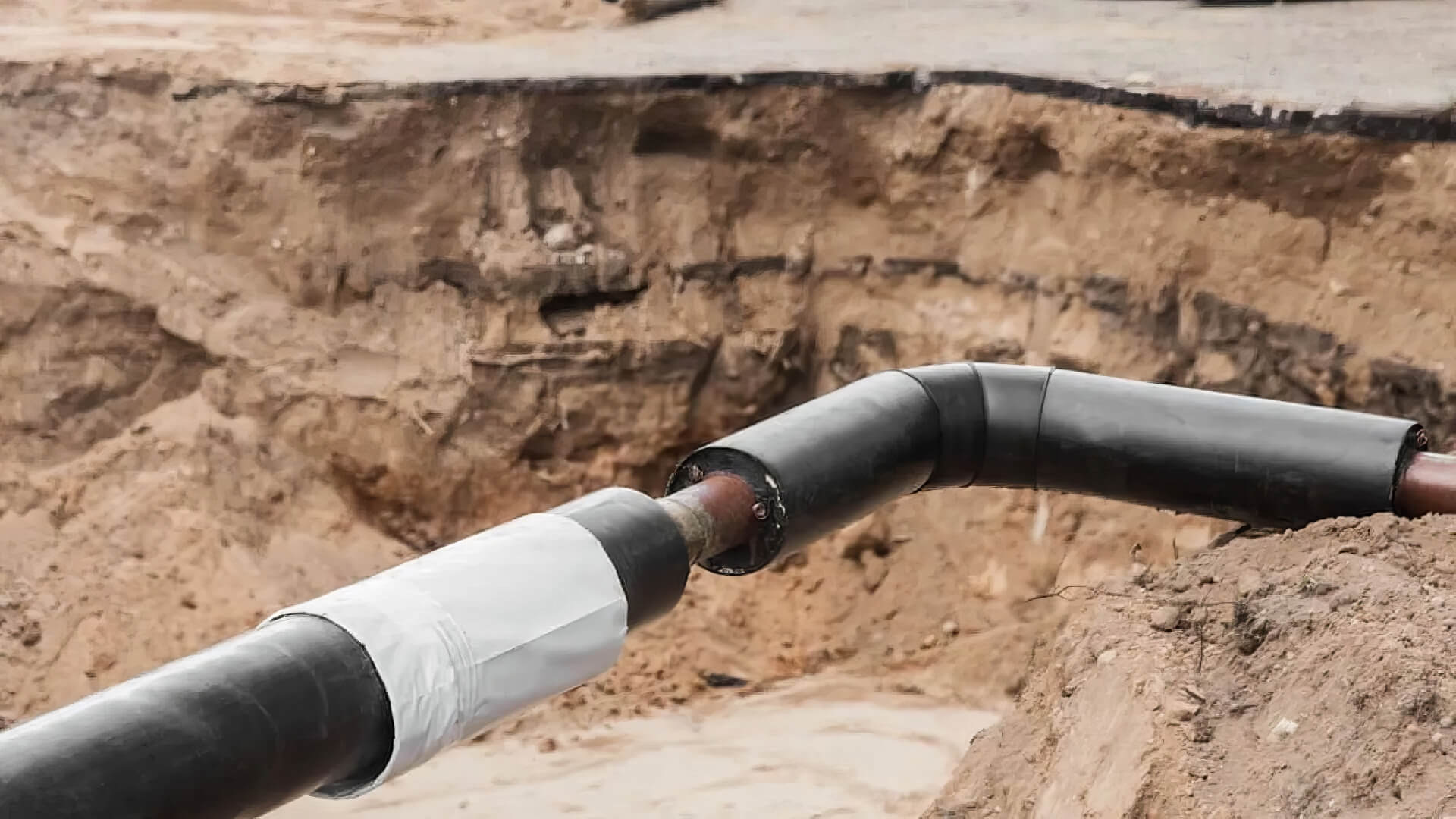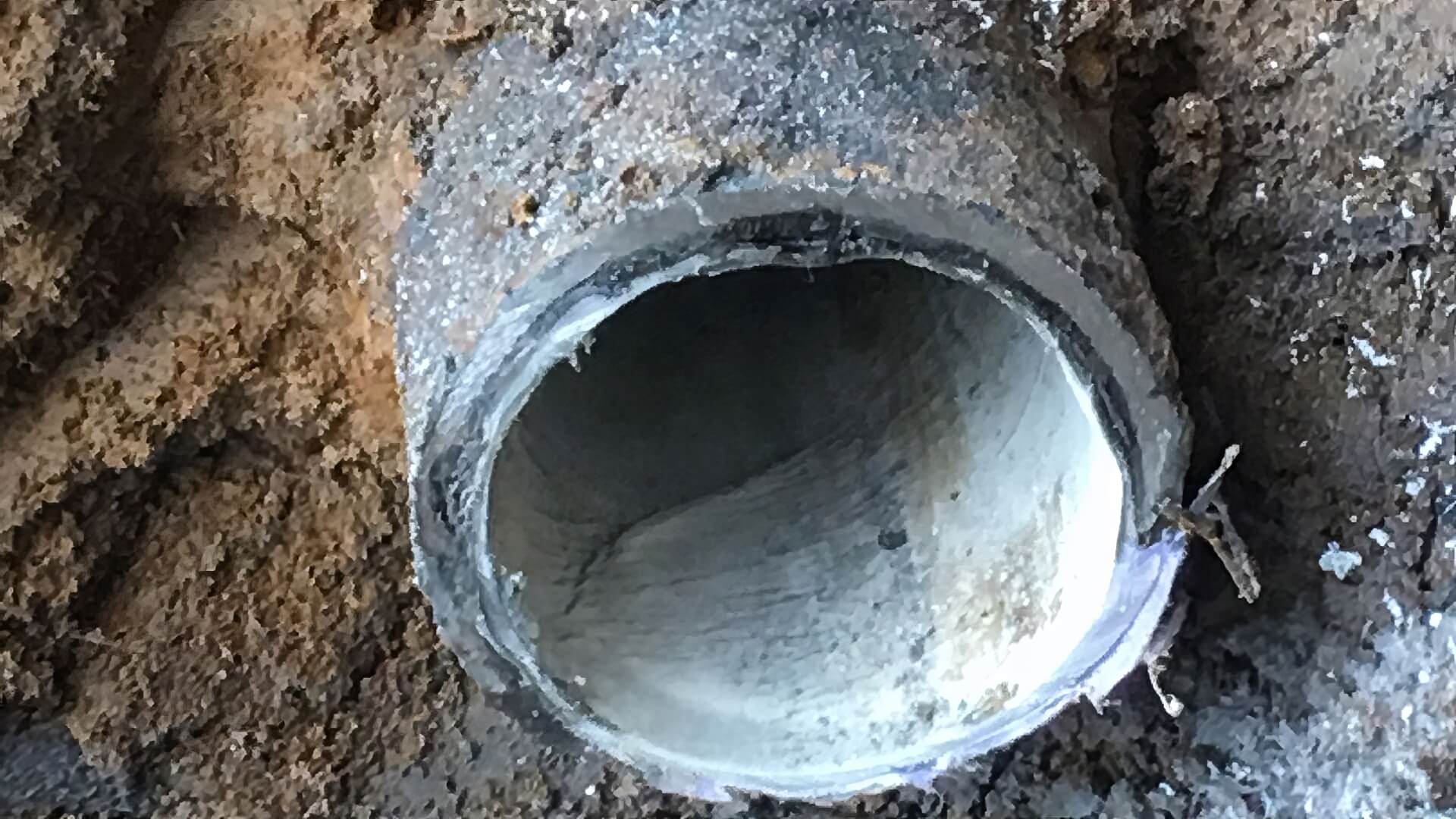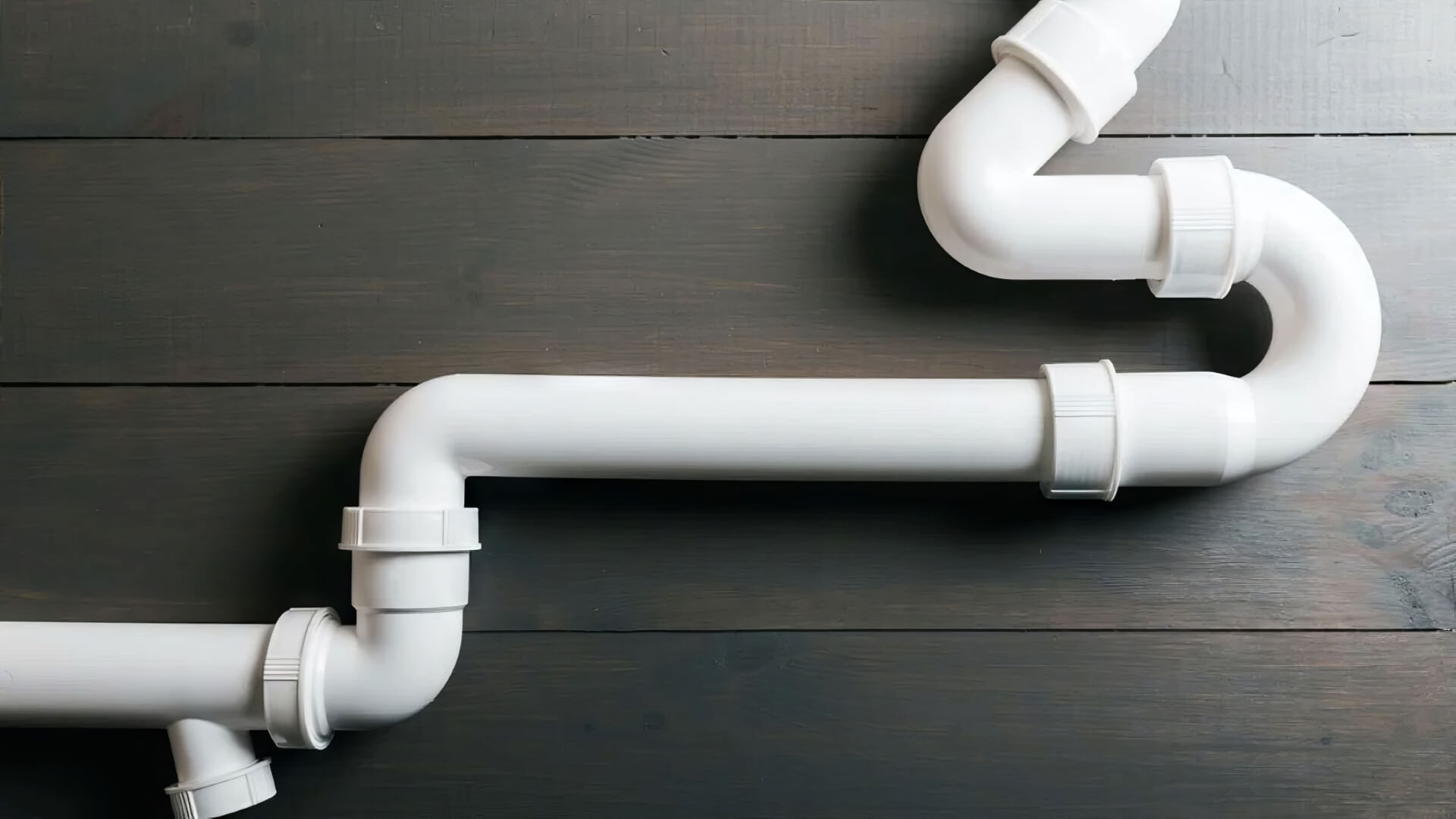Introduction to Residential Hot Water Systems
A reliable and energy-efficient hot water system is essential for any household. The type of hot water system you choose can have a significant impact on your energy usage, running costs, and maintenance requirements over time.
The main types hot water systems your home might consider include electric, gas, solar, and heat pump systems. Each system, with its own method of heated water for storage, carries distinct advantages and trade-offs to ponder, suited to your household’s specific needs. Upfront costs, climate, energy tariffs, fuel type, available space, and household size are significant factors affecting your choice.
In this article, we provide a detailed overview of the most common residential hot water systems, how they work, key features and specifications to be aware of, and guidance on choosing the best system for your home. Understanding these differences is key to making an informed choice when installing or upgrading your hot water system.
Types of Hot Water Systems
There are four main types of hot water heaters used in residential homes:
- Electric – Use electricity to heat water stored in insulated tanks or to instantly heat water as it flows through the system.
- Gas – Burn gas to heat water stored in tanks or as it flows through on demand.
- Solar – Utilise heat from solar panels and sunlight to warm tank water in roof-mounted tanks.
- Heat Pump – Extract ambient heat from air or ground to heat water stored in insulated tanks.
Each type water heater has its own advantages and drawbacks regarding upfront costs, energy efficiency, environmental impact, maintenance needs, space requirements, and more.
Understanding these differences permits homeowners to choose the most suitable storage hot water system based on your needs and budget.
Electric Hot Water Systems
Electric water heater systems are one of the most sought-after options for Australian homes, and are preferred over less energy-efficient alternatives. They use electricity to have water heated and storage water in an insulated storage tank for on-demand use.
Electric hot water systems have a heating element, regulated by a thermostat, that warms the water. Once the water reaches the preset temperature, ensuring the flow rate is consistent, the element switches off. The hot water unit is then reserved in the well-insulated tank, ensuring a constant and dependable supply for your water usage needs.
Compared to gas or solar options, which seldom run out of hot water, boast affordability in both purchase and installation. Maintenance costs are typically lower due to fewer moving parts. These units can reliably provide hot water for households with 2-6 people, with capacity depending on the tank size.
A significant advantage of electric storage systems is their energy efficiency, which becomes even more pronounced when coupled with an off-peak electricity tariff, enabling saving on which hot times to utilise the system. This arrangement allows for cost savings by heating water during off-peak hours. Just be aware that daytime water heating on a standard electric tariff could result in higher costs than standard electric hot water.
While not as eco-friendly as solar options, modern electric units are engineered for optimal insulation and heat retention which reduces wasted standby energy. Look for a system with an energy star rating for the most efficient electric system for your home.
Electric systems are suitable for all Australian climates. One downside of electric systems is their hot water tanks require more space than compact options such as instantaneous gas units. Also, instantaneous water heating elements may need replacing every 5-8 years as they eventually corrode over time.
Selecting the correct tank size and tariff, alongside regular maintenance, can ensure an economical and reliable hot water system for the typical Australian home, regardless of the fuel source.
Gas Hot Water Systems
Natural gas or LPG hot water systems use LPG to heat water. The gas is burned to provide instant heating as water flows through the system or to warm water in tank water heaters.
Gas instantaneous or tankless systems heat water on demand without a storage tank, providing an endless supply. They supply hot water ensuring consistent water pressure and a flow of hot water through the system. This makes them more than suitable, being compact and fast, and ideal for homes with greater storage hot water needs.
Gas storage hot water systems only heat the water more quickly than electric storage heaters, thereby ensuring a steady continuous flow hot water supply. They provide rapid heat recovery and can accommodate high demand, ensuring a constant supply of hot water. Gas storage systems work well for households with two or three or more bedrooms.
One benefit of gas systems is they are generally cheaper to run than off-peak electric units. These systems typically have lower energy costs. Gas solar heat options produce lower greenhouse gas emissions than grid-powered electric systems.
Downsides include higher upfront costs, the need for extensive gas pipework & fittings during installation. You also need available mains gas or an LPG refillable cylinder supply. Maintenance requires an annual gas safety check adding to running costs.
For large households, a gas hot water system may represent the best long-term balance of performance and value.
Solar Hot Water Systems
Solar water heaters are a sustainable choice that can substantially reduce household energy expenses. Solar water heaters, often roof-mounted panels, harness the energy sun offers to warm water stored in a highly insulated water tank.
On average, boosted solar hot water systems can fulfil over 60% of household hot water requirements in Australia. They can also work best in regions where households use hot water frequently, such as warm, sunny climates like Queensland and Western Australia.
There are two type water heaters within the solar hot water systems category:
- Boosted solar - Supplemented by electricity or gas during extended overcast periods or high demand.
- Standalone solar - Relies entirely on sunlight with no backup heating but may require a larger storage tank capacity.
Upfront costs for purchasing and installing a solar hot water system can range from $4,000 to $10,000 depending on the type and system size. However, government rebates often subsidise these most expensive expenses by thousands. Long term, energy savings typically offset setup fees.
For households looking to tap into renewable energy and make considerable savings on energy bills, solar hot water provides an eco-friendly, cost-effective solution with little ongoing maintenance required.
Heat Pump Water Heaters
Solar heat pump hot water systems are among the most innovative and energy efficient options currently available. They operate by drawing heat from the surrounding air and transferring it to water stored in an insulated tank.
These electric heat pump systems utilise tank compressor and refrigeration principles, different from the type hot conventional electric and gas systems, to draw renewable heat from the atmosphere and amplify it. This makes them much more efficient. Research shows that heat pumps can use up to 60% less electricity than traditional electric storage units.
While more can be expensive initially, often costing between $3,000 and $5,000 installed, the long term energy savings from the electric storage hot water system offset the higher price over time. Plus and with government rebates of up to $1,000 available in many regions, this further improves cost-effectiveness.
Beyond lower energy usage and bills, Heat pump systems also use less energy, translating to fewer gas emissions, thus making them a greener, eco-friendly choice. They work efficiently across most Australian climates too, even performing well in cooler regions with lower sun exposure compared to solar hot water systems.
Maintenance is also minimal, mostly involving keeping the filters on outdoor units clear from dust and debris to facilitate necessary air circulation. Overall, heat pump systems provide renewable, efficient water heating with excellent value for Australian homes and the environment.
Comparing Hot Water Systems
The Pros and Cons of Common Systems
System Type Pros Cons
| Electric Storage | - Affordable upfront cost
- Simple maintenance
- Energy efficient with off-peak usage
| - Daytime heating costly
- Regular element replacement
- Larger tanks need space
|
| Gas Instantaneous | - Continuous, unlimited hot water
- Faster hot water delivery
- Cheaper running costs than electric
| - Higher install costs
- Need mains gas connection
- Annual safety checks required
|
| Solar Hot Water | - Very low running costs
- Uses renewable solar energy
- Reduces carbon emissions
| - Expensive purchase and install
- Less effective in cold climates
- Can require backup heating
|
| Heat Pump | - Very energy efficient
- Works efficiently across climates
- Low operational costs long-term
| - Higher upfront cost
- Requires minor maintenance
- External unit placement
|
With a wide range of hot water systems available, it’s crucial to consider the pros and cons to determine what’s best for your household’s needs and budget.
Factors like climate zone, energy usage patterns, available energy sources, number of occupants, and installation considerations should all influence your decision-making.
Using a comparison table to cross-reference key specifications for each system type helps align the choice with your specific needs.
An energy efficient, cost-effective hot water system best suited to delivering continuous hot water with minimal fuss will provide the best long term investment.
Choosing the Right System for Your Home
Choosing the most appropriate hot water system for your home depends on several key factors unique to your household’s needs and preferences.
Evaluating Your Hot Water Usage
A critical first step is gaining an understanding of your expected daily hot water usage based on:
- Number of occupants
- Bathing and showering habits
- Simultaneous uses like dishwasher or washing machine
- Peak usage times
This helps in accurately sizing the system to meet your demand, ensuring you never run out hot water. It also determines features like flow rates and recovery times needed.
Available Energy Sources
Consider the energy sources available to your home, including:
- Electricity grid connection
- Mains gas line
- LPG refillable cylinders
- Solar exposure for renewable panels
This governs compatible system types and operating costs over time.
Installation Considerations
Assess suitable locations to accommodate hot water tanks, solar panels, and space heating units based on:
- Roof space for solar collectors
- Outdoor ground or air flow for heat pumps
- Internal or external placement of tanks
- Space for gas connections and fluing
Proper installation positioning improves performance and longevity.
Upfront Costs vs Operating Expenses
Compare the initial purchase and setup costs against projected energy bills and maintenance.
While some systems have higher upfront fees, their energy efficiency can lead to greater savings than standard units over time.
Environmental Impact
Assess the gas solar energy source and carbon footprint of each system type if eco-friendliness is important to you.
Gas solar heat pump systems have less emissions than conventional electric.
Professional Assessment
With many variables to weigh up, have one of our hot water specialists visit to evaluate your home’s needs and provide tailored advice on selecting the hot water system right for your situation.
Get in touch today to book your assessment:
[CTA links to Email, Appointment, Phone Call]






